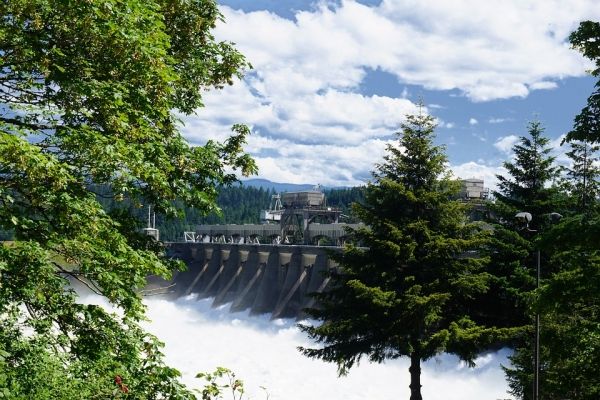As the Clean Energy Transformation Act drives Washington state toward carbon-free electricity, a new energy landscape is taking shape. Alongside renewable energy sources, a new report finds small modular reactors are poised to play an integral role in the state’s emerging clean energy future.
The technology could help fill a power source gap soon to be left by carbon-emitting resources like coal and natural gas, which will be phased out in coming years, according to a report composed by researchers at the U.S. Department of Energy’s Pacific Northwest National Laboratory and Massachusetts Institute of Technology.
“Nuclear energy is a reliable source of baseload electricity,” said PNNL’s manager for nuclear power systems Ali Zbib, who coauthored the report, “and our findings show that advanced small modular reactors could be economically competitive in a future carbon-free electricity sector. They’re well-suited to play an important role in an energy market that requires more flexibility.”
The report detailed how the new reactors could satisfy the Pacific Northwest’s dynamic electricity demand, assessed the region’s electricity market and explored the viability of deploying the reactors at three locations: at the Hanford Site, utilizing infrastructure from Energy Northwest’s partially completed power plants; at the slated to be closed, coal-fired Centralia Big Hanaford power plant in Western Washington; and on the Idaho National Laboratory site, where Utah Associated Municipal Power Systems plans to build the first NuScale light-water reactor.
Read more at DOE/Pacific Northwest National Laboratory
Photo Credit: sharonjoy17 via Pixabay


